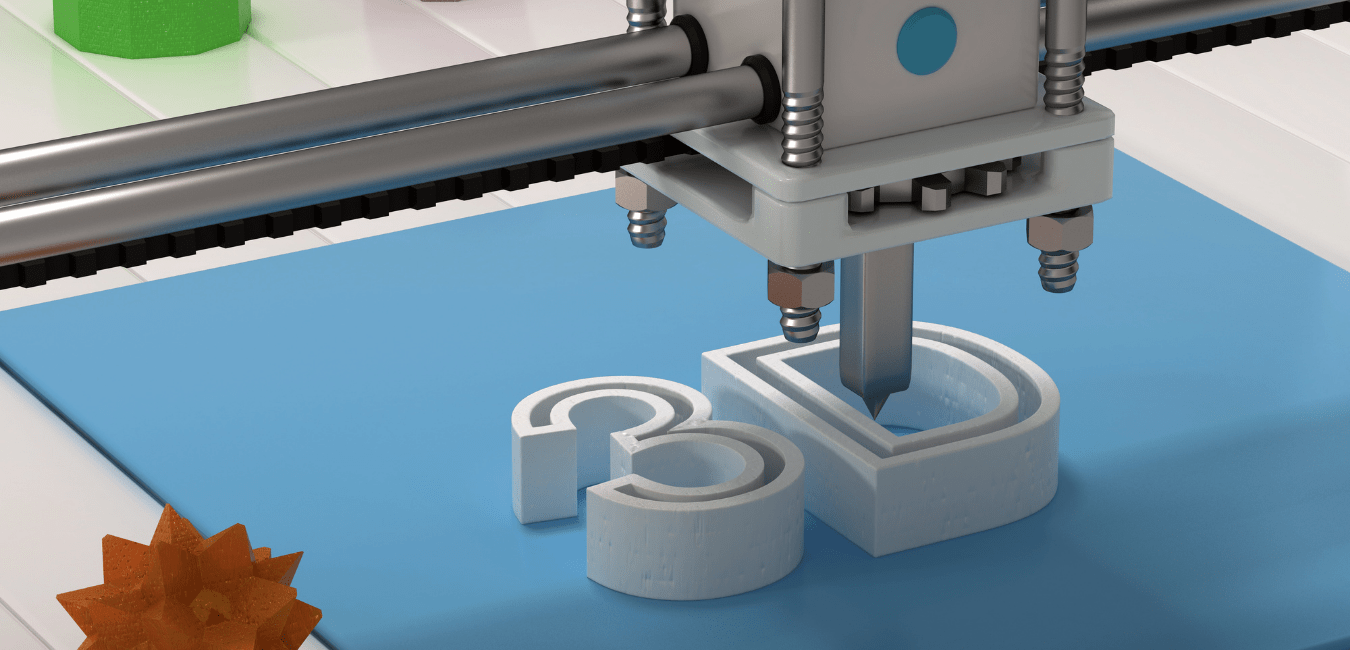The 3D printing industry, a growing sector

The new 3D printing boom
Although it still sounds novel today, the truth is that the 3D printing industry has been developing for some time and is apparently reaching a certain boom period in the wake of the pandemic.
Like all industries, the 3D printing industry was initially affected by the global economic paralysis caused by the Covid-19 health emergency. However, in a short time, this industry managed to rebound and consolidate a place within the manufacturing industry by demonstrating the great advantages it provides.
An example of this is that, in the face of the international trade shutdown, those local producers who owned a 3D printer were able to meet the domestic demand for specialized surgical components and even prostheses, which are regularly supplied by imports.
This versatility and the great usefulness it have demonstrated as an auxiliary technology in the production of components, with the quality and resistance necessary for the respective industries that require it, have underpinned investments, both in the acquisition of this equipment, as well as in the development and research for the improvement of this industry.

3D printing revolutionizes the field of medicine and breaks new ground
After becoming considerably popular, 3D printing has driven the evolution of numerous aspects such as medicine, which is already in constant change and now, unknown paths opened by 3D printing remain to be traversed.
3D Printing numbers
Although it is a trend that has been occurring in recent years, in 2020 there was a notable acceleration in the adoption of additive manufacturing. On Google alone, searches for 3D printing-related topics increased by 50% compared to the previous year.
In financial terms, this market has existed since 1980 and, from then until 2020, it maintained a steady growth rate of between 13% and 20%. In terms of market value, it represented around US$13 billion by 2020 globally, with an estimated growth by 2025 of up to US$25 billion globally.
However, the factors triggered by the 2020 health emergency in this industry were favorable, to such an extent that by the end of 2020, the total value of the industry was estimated to exceed US$16 billion.
Given this scenario, as well as the sustained trend of massive and gradual adoption of these technologies, not only as a separate industry, but as complementary to the manufacturing processes of other industries, the estimate for the year 2025 has been reconsidered, where the value of the 3D printing industry is expected to reach 40,000 million global dollars.
Within the stock market, 2020 was also a good year for companies in the additive printing sector listed on the different stock exchanges around the world, obtaining increases in the value of their shares ranging from 50% to 450% in some cases.
On the business side, large companies in this sector have been consolidating, acquiring smaller companies in the stereolithography sector. Other companies in other sectors have also increased their investment in 3D printing equipment to complement their manufacturing processes.
What’s next
In this additive manufacturing sector, the next steps are the development of higher printing speed technologies to increase production volume, and the development of new components for this equipment to improve finishes, increase resistances and stylize detail to produce both complete manufactures and components for other industries, such as the medical industry, the automotive industry or construction.
Perhaps what is revolutionary today will be obvious tomorrow. In this sense, the additive manufacturing industry expects that tomorrow, it will not be uncommon to know that many of the products in the manufacturing industry have been made through 3D printing.
Related news
-

The 3D printing industry, a growing sector
Although it still sounds novel today, the truth is that the 3D printing industry has been developing for some time and is apparently reaching a certain boom period in the wake of the pandemic.
-

Advantages and disadvantages of 3D printing
Mass production presents a variety of challenges for society in the 21st century, both in terms of the relationship with the well-being of the environment and with the sustainability of the supply chain in relation to the demands of consumers: the world's population is growing every day and, with it, their needs for products and services.

















